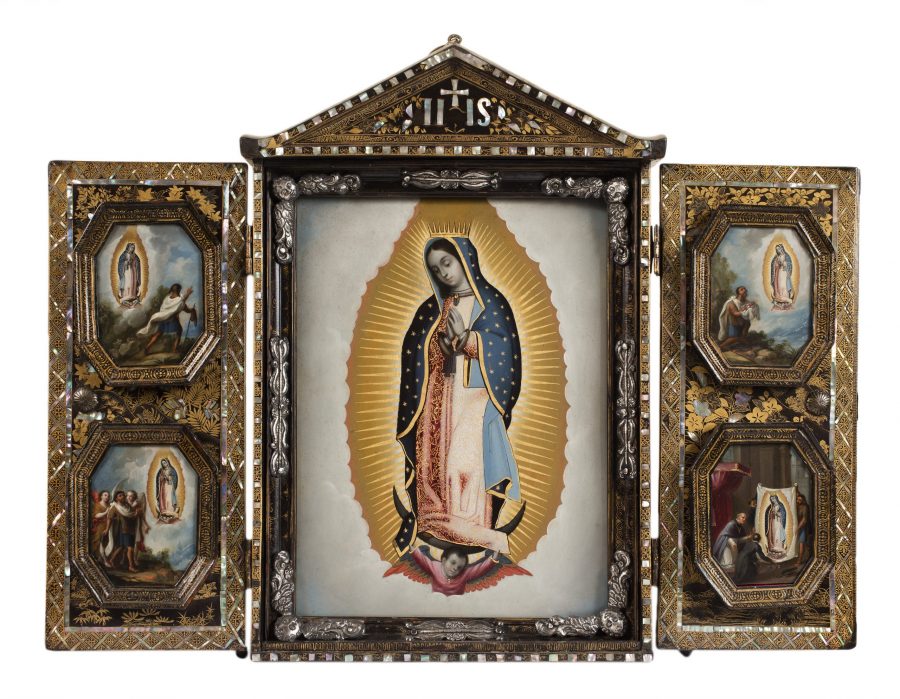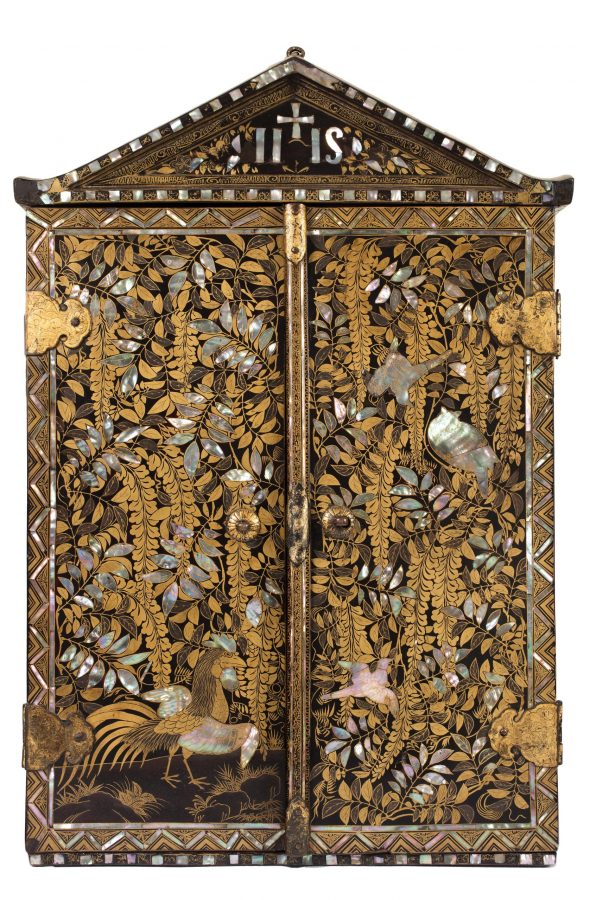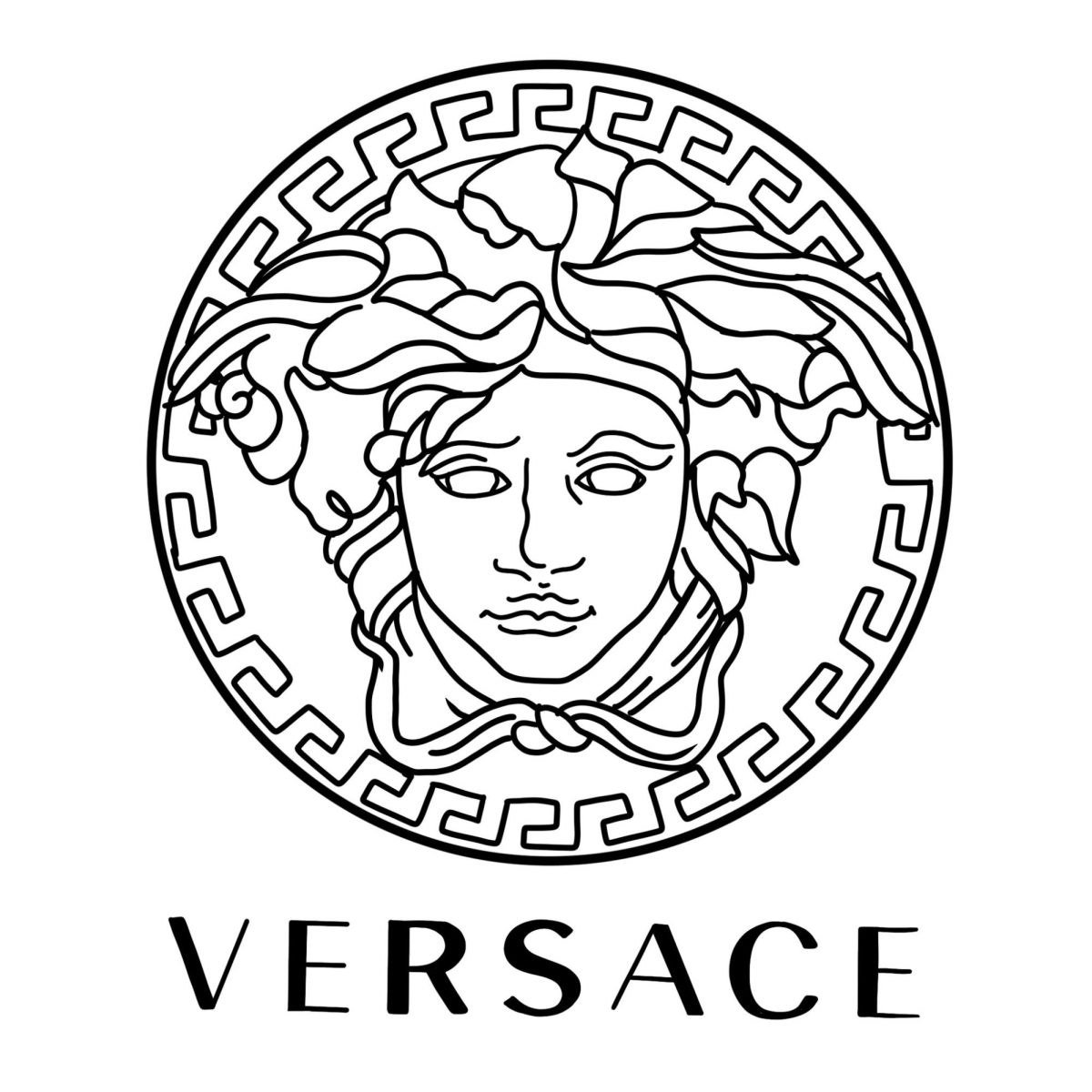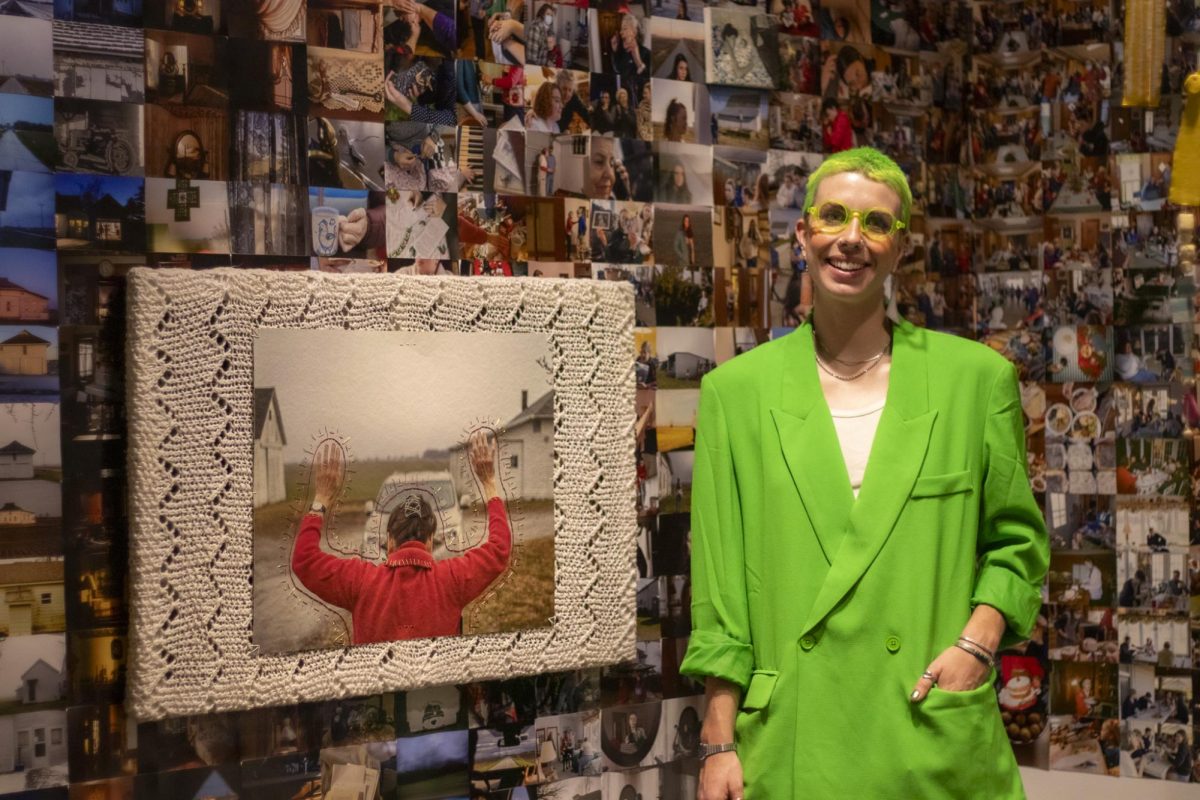New exhibit at San Antonio Museum of Art tells the story of San Antonio’s first century.
San Antonio is taking the opportunity to examine its cultural heritage through as many outlets as possible during the Tricentennial. Its initiatives for involvement in fostering strong community bonds and identity can be seen in the events the city has coordinated with art-centric institutions like ArtPace for Common Currents, which is still in the process of rolling out work from the artists the gallery commissioned.
San Antonio 1718: Art of Viceregal Mexico opened this past weekend, transmuting San Antonio history to tangible visuals through 100 portraits, landscapes, devotional pieces and sculptures that were collected in order to tell a story about the first century of our city’s life. These works range in size, style and execution but come together to tell a collective narrative about the lives of the people who occupied San Antonio during its formative years as a colonized area.
The institution responsible for providing the space for this exhibition, the San Antonio Museum of Art (SAMA), allowed Dr. Marion Oettinger, curator of Latin American art, to create an atmosphere in which viewers engage directly with their history. “Putting this exhibition together was like a five year treasure hunt in the great museums and private collections of Mexico,” Oettinger said.
As Oettinger took the time to explain the reasons he selected each of the works, he meandered through the exhibition catalog, pointing out each of the pieces selected. This was only a small part of a much larger puzzle, which was painstakingly researched and compiled together in this collection. The works he collected tell a story of the early days of San Antonio, when it was strategically established to defend the colonial interest of New Spain, while also advancing its goal of converting indigenous peoples to Christianity.
Walking through this exhibition is like taking a trip through space and time, where these facets of San Antonio’s early history are presented in the form of beautifully rendered portraits, architectural paintings, devotional shrouds and small sculptures of saints, which are divided into categorical representations of the city’s early inhabitants: People and Places, The Cycle of Life and The Church.
The socio-historical context of the work being procured for the tricentennial makes it a rare opportunity to take a look at San Antonio history through a visual lens. Whether you are a San Antonio native or transplant, it will certainly be an event to remember, because it is the context of time and place that makes these exhibitions so special.
San Antonio 1718: Art from Viceregal Mexico runs through May 13.









